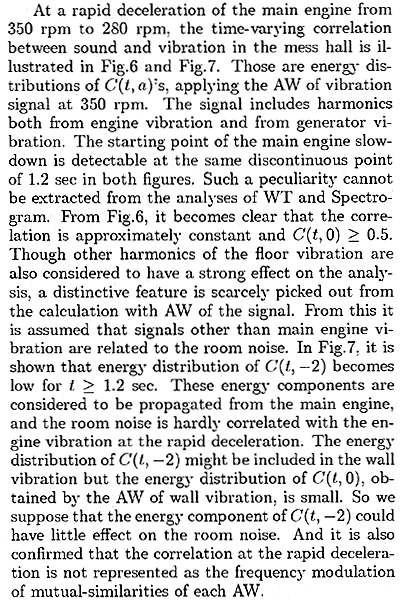Fig. 4 Design of the Oshima Maru and arrangement of sensors.
Fig. 5 WT analysis of inside sound of the mess hall.
4. Experimental: Analysis of measured signals
4.1 Analysis of the noise in a mess hall
The Oshima Maru is a 226-gaross-ton training ship equipped with one 1300 ps, 370r.p.m. diesel engine. In this ship, various structural measures against vibration and noise were taken. However, unpleasant low-frequency sound from the engine room persisted in the mess hall where crews take their breaks. Fig. 4 shows the upper deck of the Oshima Maru. The main engine room, located on the lower deck, is adjacent to and partially below the mess hall. The space just above the main engine allows clearance to the second deck.
The acoustic noise signal in the hall is analyzed by the WT of the Gabor function as AW. The result is shown in Fig. 5. From the figure, it is seen that energy distribution is concentrated in a low-frequency region, but nothing further is known. An adaptive control of this noise is now under investigation [5], but to apply the control, it will be necessary to identify the source of the noise, which in turn will require coherence analyses. As no average procedure can be applicable to the time-varying signal, the WT of the measured signal as AW is available to relate measured sounds to the noise source.
4.2 Analysis by the modified WT, C (t, a), of measured vibration signal as AW, and application to adaptive control
Applying vibration signals either from a wall or from a floor in the mess hall to the AW. we estimated the correlation in the time-scale analysis using the proposed method.
The arrangement of sensors is also shown in Fig. 4. The sampling frequency of acquired signals was 6 KHz.

From the facts mentioned above, multi-channel ANC is simulated to the system. From the analysis, it is observed that a high time-varying correlation persists after the rapid deceleration point. Therefore, to realize an effective ANC, it is preferable to apply both vibration signals from the generator and high-vibration components from the floor to the reference signal. A result is shown in Fig. 8. This system attains a more effective noise reduction than the system in which reference signals are taken from certain points of the noise source in the engine room.
4.3 Correlation analysis by the ICF obtained from a bearing vibration
To extract the correlation of the deceleration period more clearly, sounds in the mess hall are analyzed by the ICF with the AW of a bearing vibration of the main shaft carrier of the engine during steady-state operation. A result of the analysis is shown in Fig.9. The deceleration starts at 4.8 sec. At the deceleration point, the energy distribution of C (t, 4) is clearly represented. This means that due to a rapid deceleration, the load on the propeller increases suddenly: and then AW of vibration signal, ψ4,b (t) , becomes dominant.